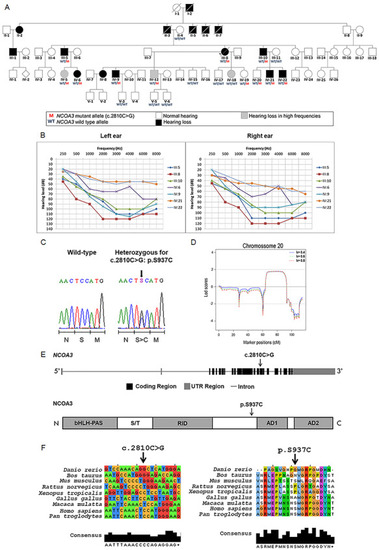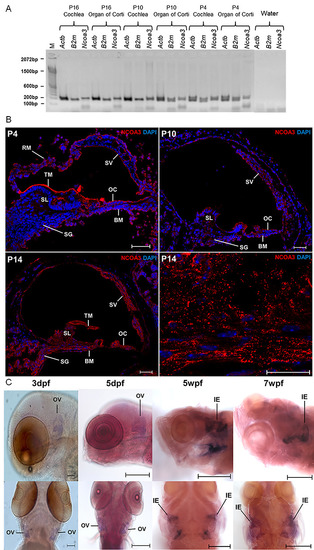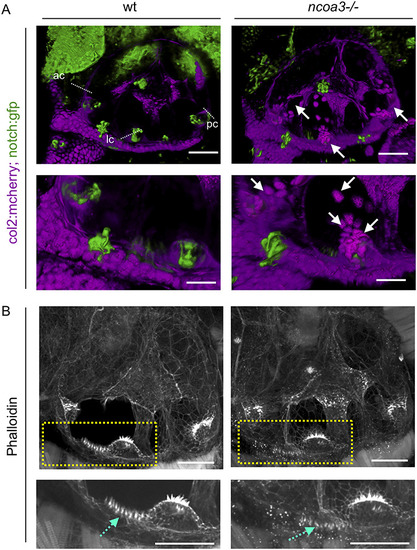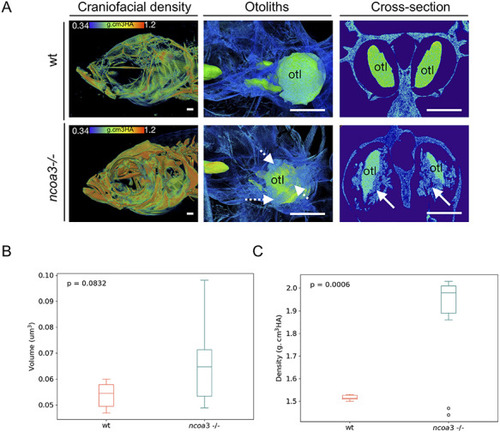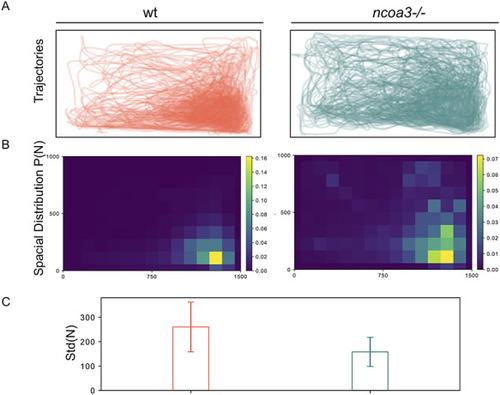- Title
-
NCOA3 identified as a new candidate to explain autosomal dominant progressive hearing loss
- Authors
- da Silva, R.S., Dantas, V.L.G., Alves, L.U., Batissoco, A.C., Oiticica, J., Lawrence, E.A., Kawafi, A., Yang, Y., Nicastro, F.S., Novaes, B.C., Hammond, C., Kague, E., Netto, R.C.M.
- Source
- Full text @ Hum. Mol. Genet.

ZFIN is incorporating published figure images and captions as part of an ongoing project. Figures from some publications have not yet been curated, or are not available for display because of copyright restrictions. PHENOTYPE:
|

ZFIN is incorporating published figure images and captions as part of an ongoing project. Figures from some publications have not yet been curated, or are not available for display because of copyright restrictions. PHENOTYPE:
|
|
|
|
EXPRESSION / LABELING:
|
|
|
|
PHENOTYPE:
|
|
PHENOTYPE:
|

